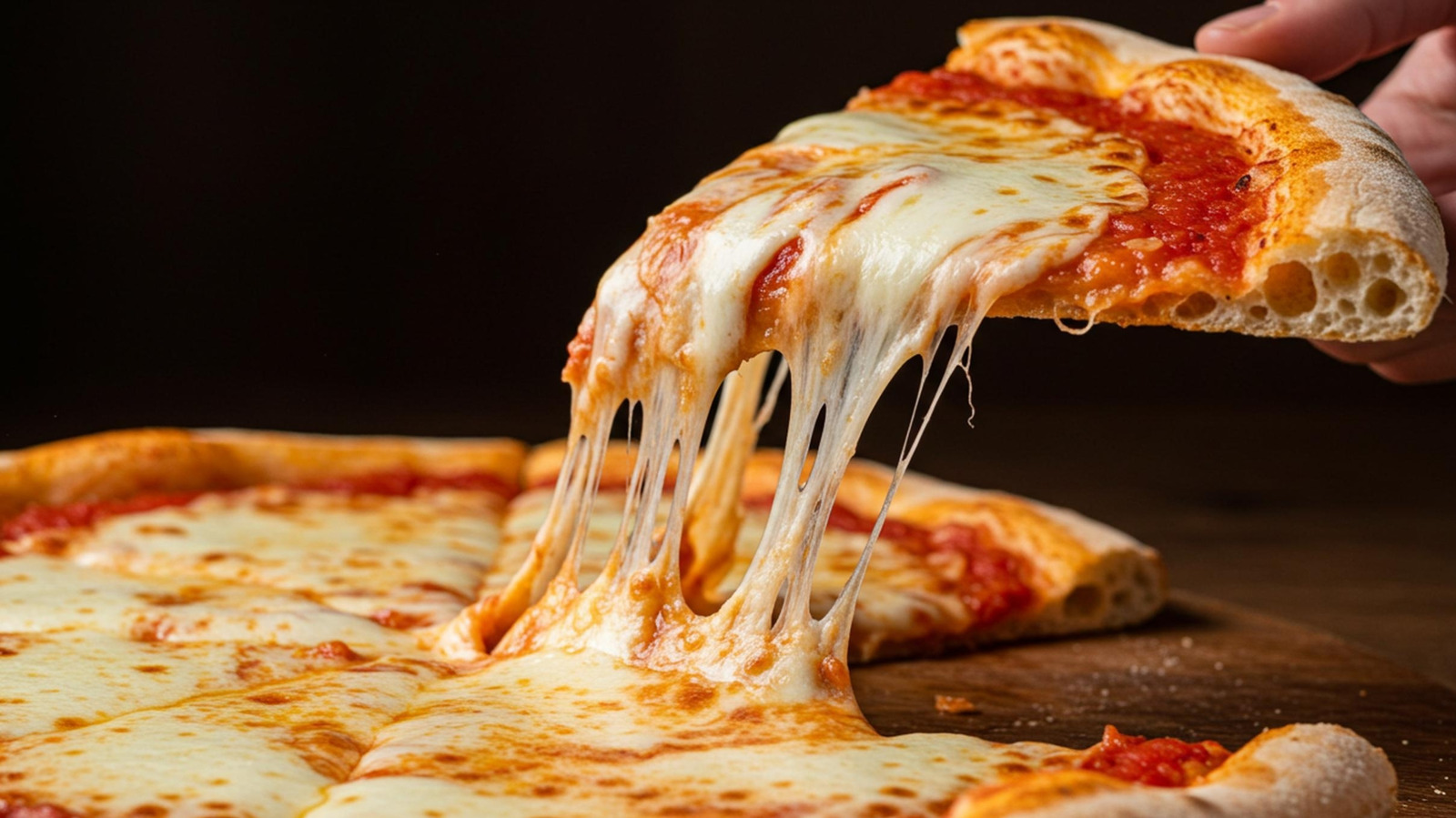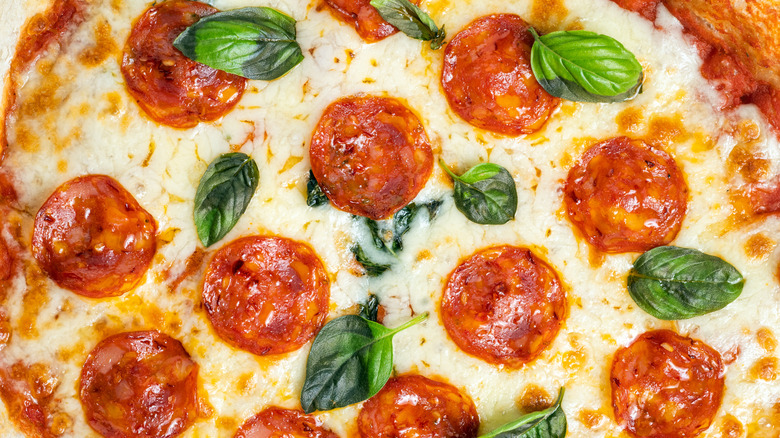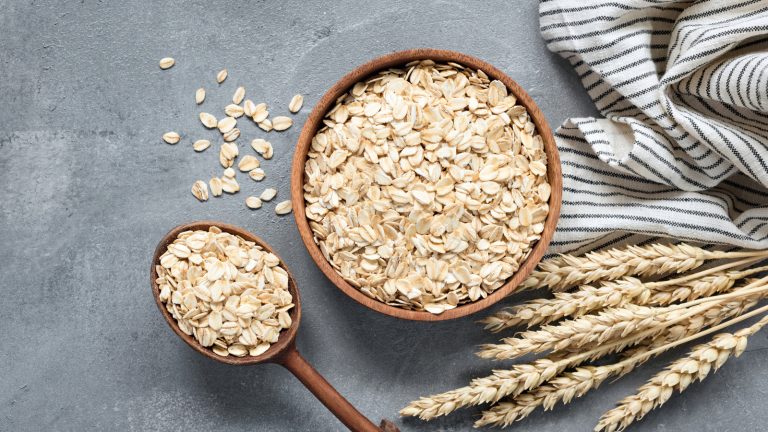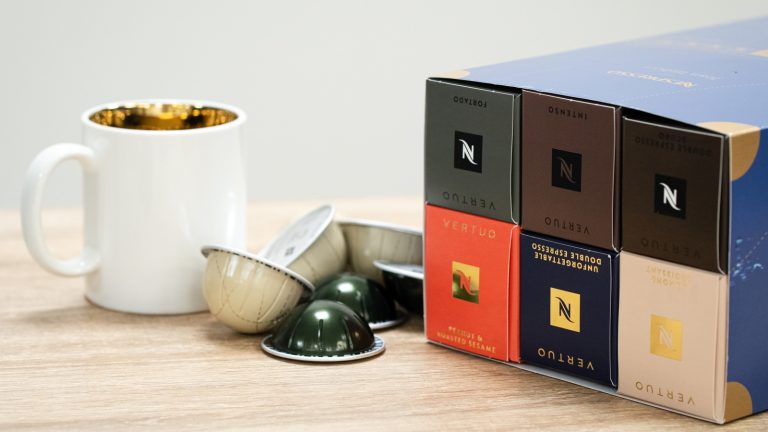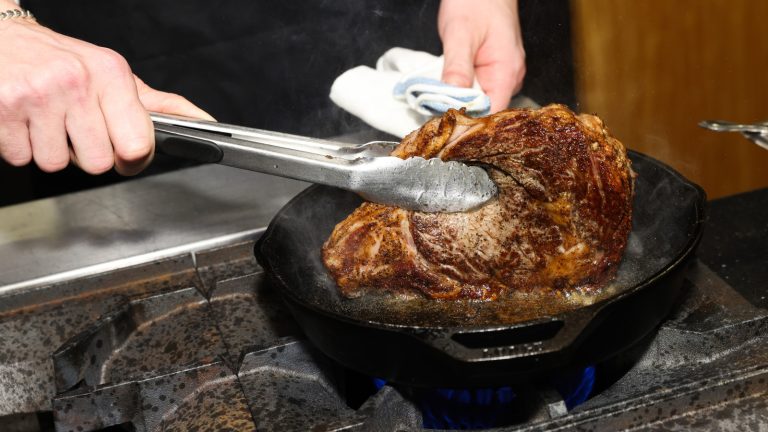From pizza dough pitfalls to spreading on the wrong sauce, there are a number of mistakes that can be made when whipping up a homemade pie. But the one that you really want to avoid is choosing the wrong cheese — no one wants their ‘za to wind up as controversial as an Altoona pizza. So, to find out exactly which kind of cheesy goodness works best, Food Republic reached out to Nicole Hunn, recipe developer and founder of Gluten Free on a Shoestring.
You may assume it’s mozzarella, and you’re nearly there — but according to the expert, it’s the right type of mozzarella you should really be on the lookout for. “When it comes to cheese, low-moisture [also known as processed] mozzarella is usually my go-to for most pizzas. It melts evenly, doesn’t pool up with liquid, and gives you that great stretchy texture,” Hunn said. The other option commonly found in the cheese aisle, fresh mozzarella, “has a cleaner, milder flavor, but it carries more water, which can make your crust soggy if you’re not baking at super high temps.”
When you’re picking out your mozzarella at the store, be sure to reach for a block of low-moisture mozz that you can grate at home. Not only will it have superior flavor, it will also give you more of those ooey-gooey cheese pulls, since it isn’t covered in the anti-caking agents that shredded cheeses are.
Types of cheese to use on different varieties of pizza
While Nicole Hunn does recommend using low-moisture mozzarella, it’s not a hard-and-fast rule — she recognized that there are times when fresh mozzarella might work well. “There’s definitely a right cheese for each style,” the expert explained. If you are craving a Neapolitan-style pizza or something more rustic with a lighter texture, fresh is the way to go. But the classic New York-style pizza can’t handle a moisture-filled cheese without compromising the crispy exterior, so a low-moisture mozzarella is ideal in this case.
As an expert on gluten-free cooking, Hunn has specific advice for appropriately pairing cheese with crusts devoid of gluten. “If you’re working with a gluten-free base, moisture management becomes even more important,” she told Food Republic. “A drier cheese like low-moisture mozzarella is often a safer bet because it won’t weigh down the crust or make it mushy.” If you are opting for a gluten-free crust, be sure to choose a style that’s easy to modify to avoid ending up with a soggy pie. Or, swap out the traditional type of base for a cauliflower steak that’s sure to hold up to all of your cheese and toppings.


